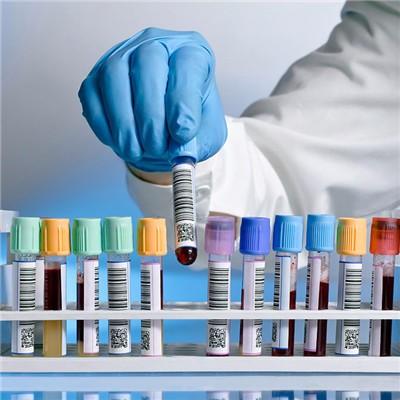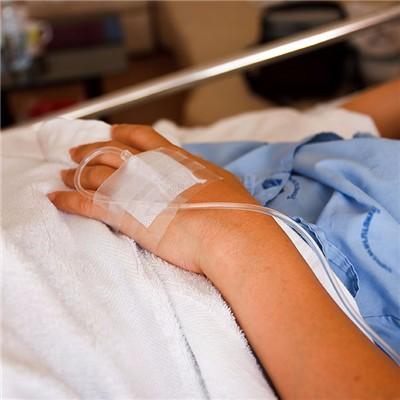What examination does kidney disease do
summary
Kidney disease actually has many side branches, such as nephritis, kidney stones, uremia and so on. Some people may not know what examination they should do when they have kidney disease. After going to the hospital, they will go to the doctor in a hurry, just like a fly without a head. Now let's take a look at what examination they should do for kidney disease.
What examination does kidney disease do
First: kidney disease is a kind of disease that is primary in the kidney or secondary to other organ diseases and affects the kidney. Its clinical manifestations are mainly abnormal urine and some local symptoms of the kidney. If you suspect that you have kidney disease, you can check the urine routine, urine red blood cell phase, urinary system B-ultrasound and renal function. If necessary, renal biopsy.

Second: urine routine examination: through qualitative analysis of urine protein and microscopic examination of urine sediment, we can preliminarily determine whether there are glomerular lesions. 24-hour urine protein quantity: the 24-hour urine protein quantity of nephrotic syndrome patients exceeds 3. 5g is a necessary condition for diagnosis.

Third: Determination of plasma protein: in nephrotic syndrome, a series of consequences should not be underestimated to avoid serious consequences. Plasma albumin below 30g is a necessary condition for diagnosis. Determination of blood lipid: Patients with nephrotic syndrome often have lipid metabolism disorder and high blood lipid.

matters needing attention
Kidney is a very important organ of our body, we all know that the kidney can effectively eliminate all kinds of toxins produced by our body, kidney lesions are particularly harmful to the human body, so we must pay special attention to it. If we suspect that it is kidney disease, we should actively cooperate with the doctor for diagnosis and treatment.














